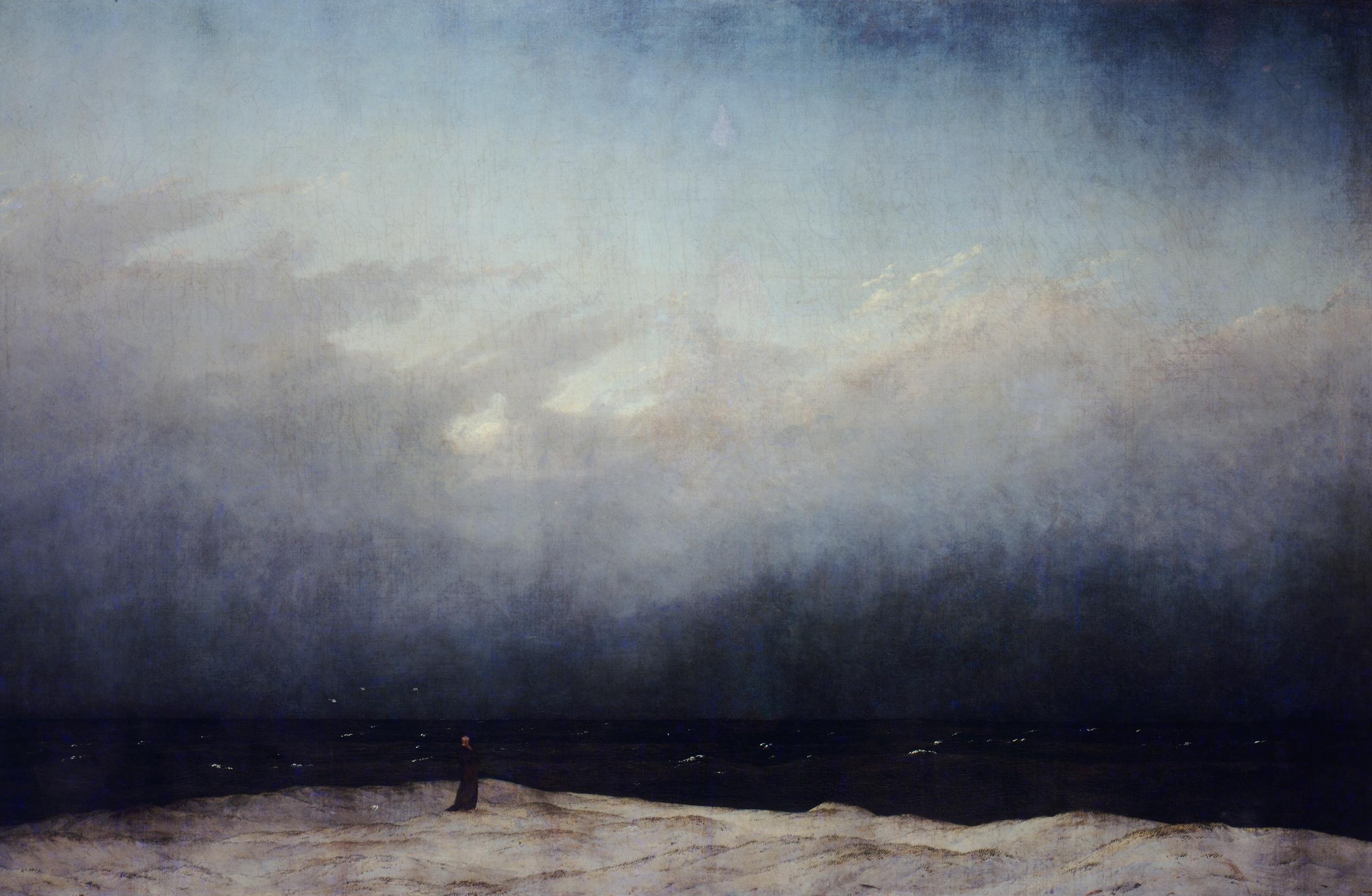As they say, beauty is in the eye of the beholder — but sometimes our eyes play quite the tricks on us. That’s the case for this strangely entrancing photo that’s making the viral rounds online this week. In reality, the photo is of the bottom of a car gate. But at first glance, many people instead perceive the image to be that of an evening seascape, featuring a beach, waves, a horizon line and even some stars in the sky.
To better understand this optical illusion, TIME turned to neurobiologist Bevil Conway. As Conway explains, the two most important factors in processing visual information are the literal pattern of the light that hits your retina, which is called “sense data,” and also what you expect to see.
“Our brains rely on information about what you expect because the sense data are usually pretty noisy, even if your experience of vision seems vivid—sometimes the squiggle in your peripheral vision is a bungie cord, and sometimes it’s a snake,” Conway says. “The context helps you figure that out.”
The neurobiologist’s example: if you’re hiking in the Amazon jungle, you might register that peripheral squiggle as that snake. But if you’re just parked in your driveway in suburban America, you’ll see it as a cord, because that context makes more sense.
With this image of the car gate, the expectation is especially skewed towards registering it as a landscape photograph, Conway says. “How many photographs of the bottom bit of a car door have you seen? Probably not many. Whereas it’s holiday season right now, you are jealous of all your buddies who are on vacation at fancy places by the sea, and you love hating seeing all the photos your friends are posting to social media of their fancy holiday beach scenes.”
That conditions us to perceive the photo as a beach picture instead of the strange close-up that it is. Besides, Conway notes, the image itself isn’t that high-quality.

“The result is a potent mix of expectation and sense data that tilts heavily, for some people, towards seeing a sparse beach scene.” Add to that the fact that it shares an uncanny similarity with a certain genre of painting, like the German Romantic artist Caspar David Friedrich’s “The Monk by the Sea” or British Romantic J.M.W. Turner’s impressionistic landscapes, and suddenly it’s not so surprising at all that the seascape is top of mind.
More Must-Reads from TIME
- Cybersecurity Experts Are Sounding the Alarm on DOGE
- Meet the 2025 Women of the Year
- The Harsh Truth About Disability Inclusion
- Why Do More Young Adults Have Cancer?
- Colman Domingo Leads With Radical Love
- How to Get Better at Doing Things Alone
- Michelle Zauner Stares Down the Darkness
Write to Raisa Bruner at raisa.bruner@time.com